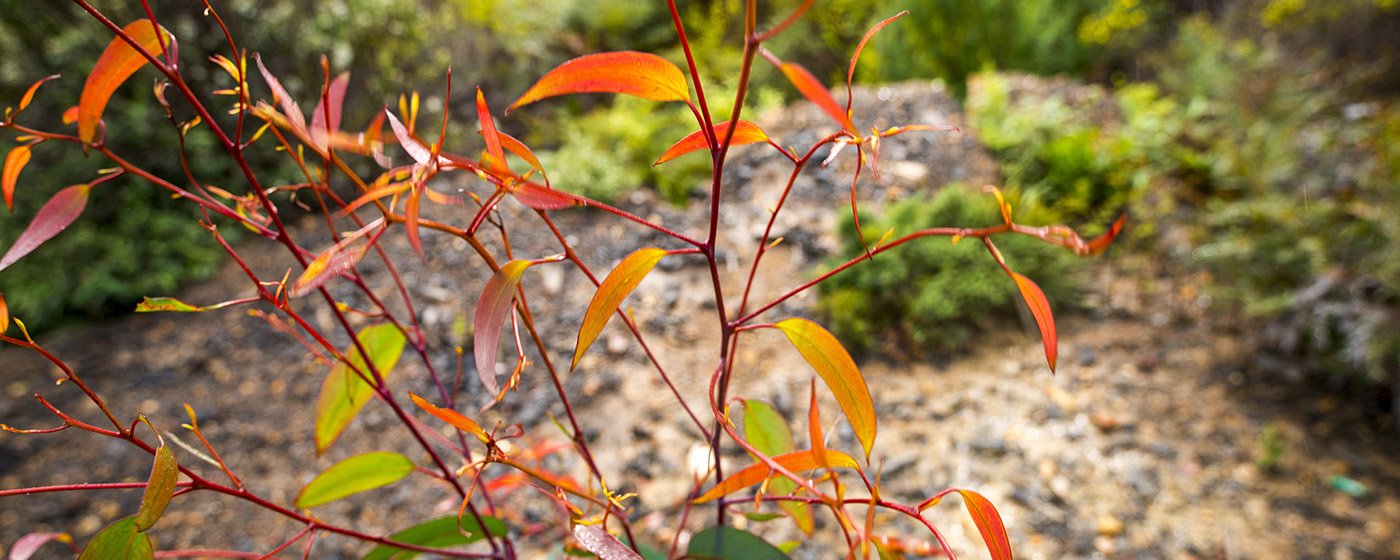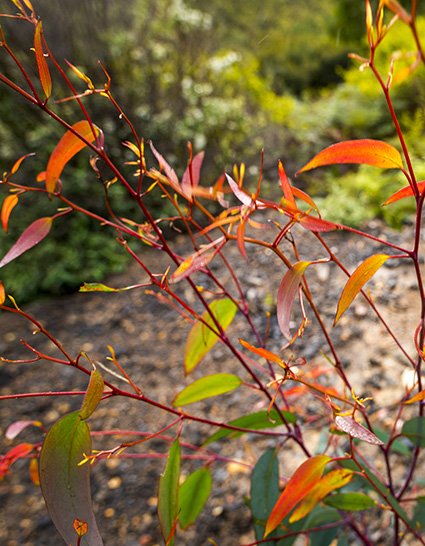Acknowledgement of the Tasmanian Aboriginal people
as the Traditional and Original Owners of this land
We pay respect to the Traditional Owners of Iutruwita (Tasmania), the Tasmanian Aboriginal people, and acknowledge their continued survival and connection with their land, sea and sky Country that spans millennia.
We acknowledge the many Nations of Tasmanian Aboriginal people, past and present, as the traditional and ongoing owners of their respective countries within Iutruwita and the islands.
We pay respect to those who have passed and acknowledge today’s Aboriginal people who are the custodians of this land.
We acknowledge that all land, sea, and sky Country holds cultural values that provide strong and continuing significance to the Tasmanian Aboriginal people. We acknowledge that Tasmanian Aboriginal people are part of a continuous culture that holds traditional knowledge about the ecosystems we all depend on. The landscapes of lutruwita have been shaped by Aboriginal management of plants, animals, and water (particularly using fire).
We acknowledge that colonisation and migration has caused injustice for Aboriginal people and impacted the living cultural landscape. This has created a legacy that we seek to improve.
We are working to integrate Aboriginal cultural heritage and knowledge in natural resource management, and to develop better understanding of the cultural, environmental, social and economic dimensions of the region’s natural resources from the perspective of Aboriginal people.
Through our work, we aim to reflect these values by recognising that Tasmanian Aboriginal people determine both the boundaries for the sharing of their cultural heritage and opportunities for participation in NRM activities that embrace and support their aspirations. We pay respect to Tasmanian Aboriginal people’s requirements to own, care and manage Country by aligning our strategic priorities to Tasmanian Aboriginal people’s land, sea and sky Country priorities.

